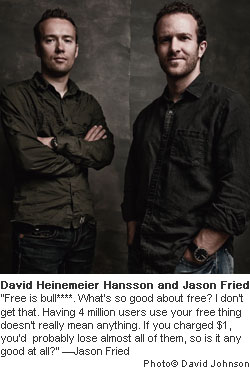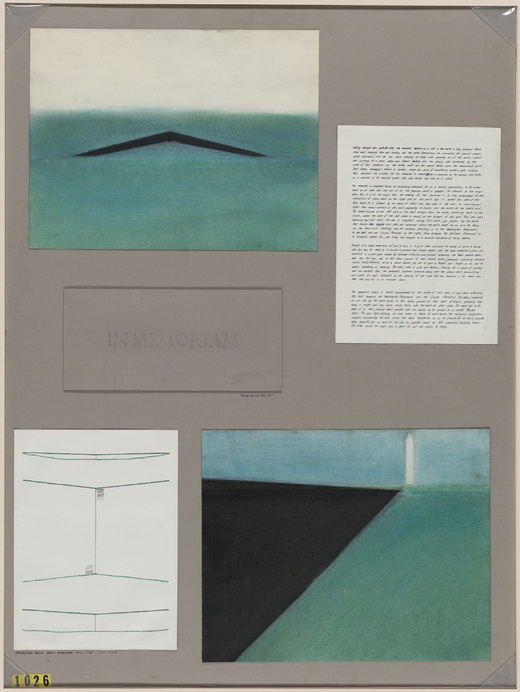When Wesabe launched, their then-CEO Jason Knight posted office hours. During these times (noon – 4pm pacific), anyone could call and talk directly to the CEO. You could be a current customer, prospective customer, or anyone else curious about Wesabe. I really loved the idea.
The idea reminded me of professor’s office hours in college. Dedicated time set aside for one-on-one with your professor. I didn’t go often, but when I did I found it really valuable.
Announcing our office hours
So it’s about time we try office hours at 37signals. On Tuesdays and Thursdays from 3pm to 5pm central time, I’ll be standing by to take calls from customers, prospective customers, or anyone who has a question about 37signals. You’ll find the phone number and additional details listed on the Office Hours page.
Let’s talk about it
You can call and ask product questions, pre-sales questions, suggest feature requests, lodge complaints, offer praise, share ideas, discuss recent blog posts, or talk about good or bad experiences using our products. Anything that’s on your mind is fair game. I’m here to listen, share, and be available to help in any way I can.
I have no idea how this is going to work out, so it’s deemed more of an experiment than a permanent fixture, but let’s see what happens.
For the technically curious, I’m primarily using Grasshopper to manage the calls, numbers, and messages. During office hours, Grasshopper forwards all calls to one of my numbers. During off hours, Grasshopper plays a recording. Cool tech and a nice product.
I look forward to talking to you soon.



